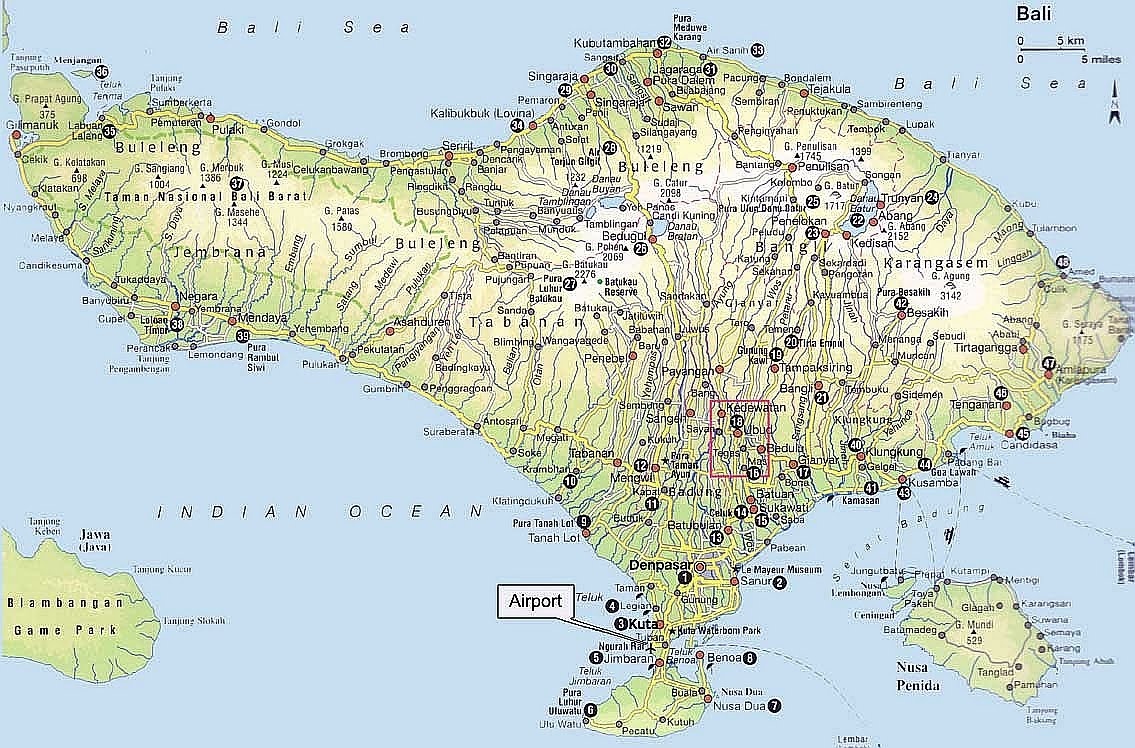Coffee sector needs sustainable development strategy
(VOV) - A seminar on the sustainable development of Vietnamese coffee was held on March 13 as part of the Buon Ma Thuot Coffee festival.
The seminar, jointly held by the Ministry of Agriculture and Rural Development (MARD), the Vietnam Coffee-Cocoa Association (VIFOCA), and the Dak Lak provincial People’s Committee, were attended by leaders of relevant ministries and agencies as well as domestic and foreign experts.
The paradox of coffee export
Speaking at the seminar, Doan Xuan Hoa, Deputy Director General of the MARD Department of Processing and Trade for Agro-Forestry-Fishery Products and Salt Production, said Vietnam’s coffee sector has experienced significant development recently with export turnover increasing from US$483 million in 2000 to US$2.1 billion in 2008, and accounting for about 2 percent of the country’s GDP. He said Vietnamese coffee is exported to more than 80 countries and territories worldwide.
In the Central Highlands, the sector ensures employment for about 1.6 million people and contributes to socio-political stability, he added.
However, Hoa said that the coffee production and exports are still unstable in their quality, quantity, and value. Although Vietnam is the world leading exporter of Robusta coffee with an annual output of about a million tonnes of coffee beans, export revenues still remain low.
Of the 2008-2009 crop, the sector exported more than 1.17 million tonnes of coffee, earning US$1.94 billion, but the export turnover for the 2009-2010 crop was estimated at only US$1.66 billion. In 2010, the Government had to help businesses buy coffee for stockpiling by providing them with capital to help them deal with a possible crisis as coffee price dropped steadily.
It is, therefore, crucial to develop the Vietnam coffee sector sustainably, he said.
Challenges facing sustainable coffee growing
It is no easy task to apply sustainable coffee production in the Central Highlands as most of the coffee plantations are not large enough (2-5 ha). In addition, it will take a long time to change farmers’ attitudes towards coffee cultivation and harvesting.
The weak alliance between farmers and businesses, climate change, and the global financial crisis are also factors affecting the sustainability of the sector.
Hoa proposed policies to help businesses improve their ability to stockpile coffee and support farmers when coffee prices fall. He also said it is necessary to consider coffee processing and exporting a conditional business sector.
Participants at the seminars agreed that a coffee insurance fund should be set up to help replanting the coffee bushes in 30 percent of the coffee growing area. The fund will come from processing and export businesses.
VIFOCA Chairman Luong Van Tu said the association has come up with a project to set up a coffee insurance fund and will integrate it into the sector’s development strategy.
Another issue is that 80 percent of the coffee growing area in Vietnam belongs to individual farmers. Therefore, it is difficult to set up centralized and sustainable production. It is necessary to establish cooperatives and alliances in producing coffee.
Dang Kim Son from the Institute of Policy and Strategy for Agriculture and Rural Development (IPSARD) under MARD said that it is impossible to develop large-scale production that meets the international standards based on these households. Banks and agricultural workers are unable to bring capital resources to these households to instruct them in the use of machinery.
Son said that there are also other needs such as pesticides, and irrigation. Cooperatives and associations should be established which are closely associated with the farmers and will strengthen cooperation between farmers and producers to create a united bloc.
Development strategy needed for coffee trees and the industry
Tu said that to develop the Vietnamese coffee industry in a sustainable manner, it is necessary to stabilize the coffee growing area at around 500,000 hectares with an output of 1-1.1 million tonnes, and export 1 million tonnes of coffee beans to secure a 15 percent share in the global market. In addition to traditional markets such as Europe, the US, and Japan, the industry should expand to ASEAN nations and China to meet consumer demand and develop the domestic market.
It is also important to create a strategy for cultivating coffee trees and developing the coffee industry soon, as well as strengthening cooperation among coffee growers to protect their rights and maintain reasonable prices for farmers.
It is very urgent that the country improves the export value of its coffee by following advanced technical standards, mobilizing coffee growers to harvest the beans and promoting investment in processing factories to reduce the export of raw coffee.
According to foreign experts from the world’s leading coffee producers such as Brazil and Colombia, in order to develop a sustainable coffee industry, it is essential to create harmony between the environment, prices and other economic interests. According to their experiences in establishing coffee trademarks, it is needed to support coffee producers with capital, improve the competitive edge and stabilize prices in the domestic market. Resolving such issues will lay the foundation for a sustainable Vietnamese coffee industry.
skip to main
|
skip to left sidebar
skip to right sidebar
Black as the devil, Hot as hell, Pure as an angel, Sweet as love.
Travel to Indonesia
Contact Our Team:
Raja Kelana Adventures Indonesia
Raja Kelana Adventures Indonesia
Email: putrantos2022@gmail.com
Facebook Messenger: https://www.facebook.com/putranto.sangkoyo
Our Partner
Blog Archive
-
▼
2011
(22)
-
▼
March
(12)
- Coffee 'risk' for Sumatra reserve Indonesian cof...
- UPDATE 2-Indonesia Feb coffee exports jump, stockp...
- ANALYSIS-Indonesia supply woes to add froth to cof...
- Coffee retailers set to raise prices by 10-12%
- Coffee beans price hits 34-year high commodity sh...
- Rising Coffee Prices - Heavy Rains Linked to Globa...
- Coffee sector needs sustainable development strategy
- Starbucks CEO Howard Schultz discusses turnaround
- A Changed Starbucks. A Changed C.E.O.
- FUTURES FILE: Frothy coffee prices near $3
- Rising Coffee Prices
- Harga Kopi Terus Menggila, Cuaca Jadi Kambing Hita...
-
▼
March
(12)






